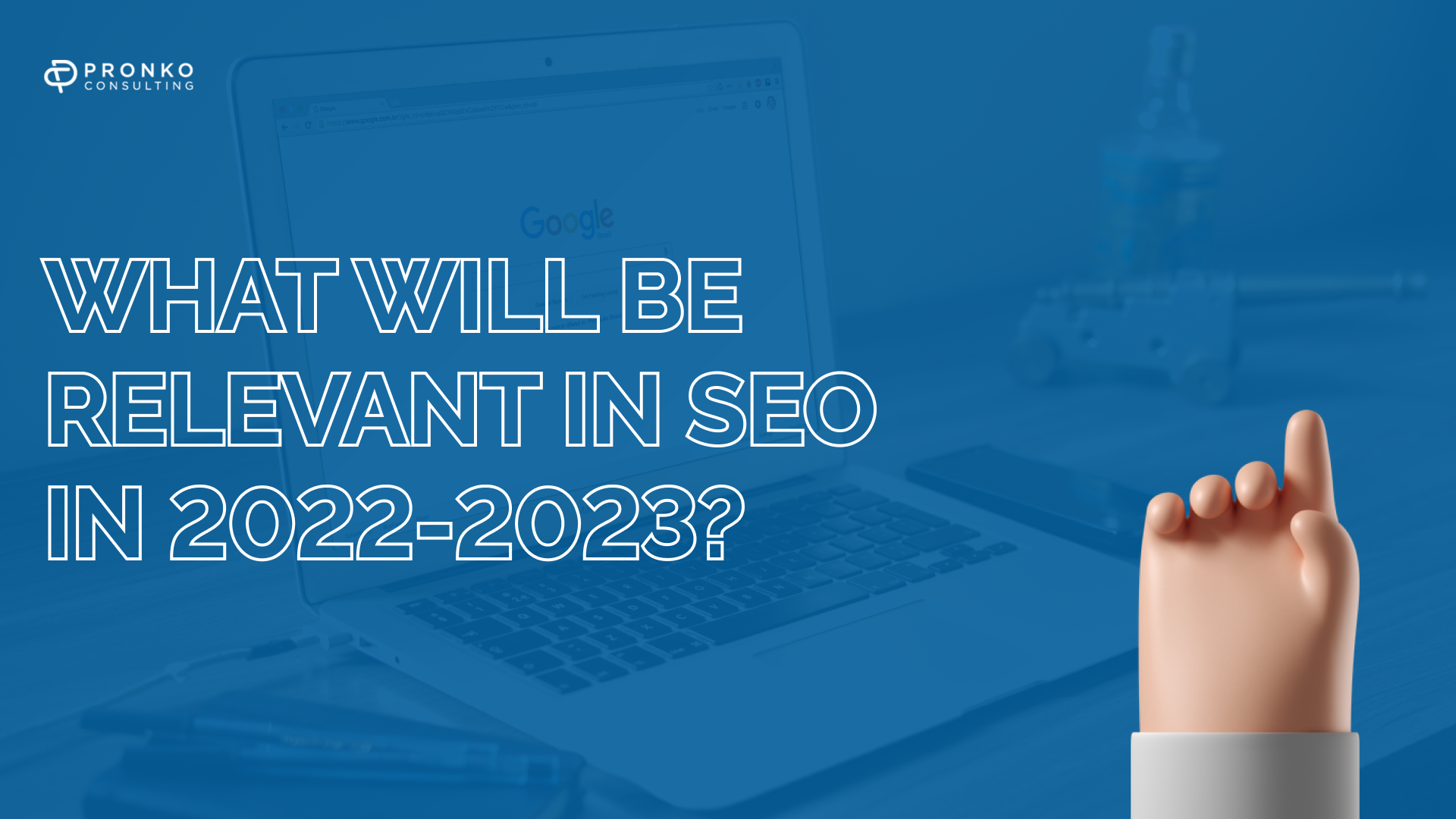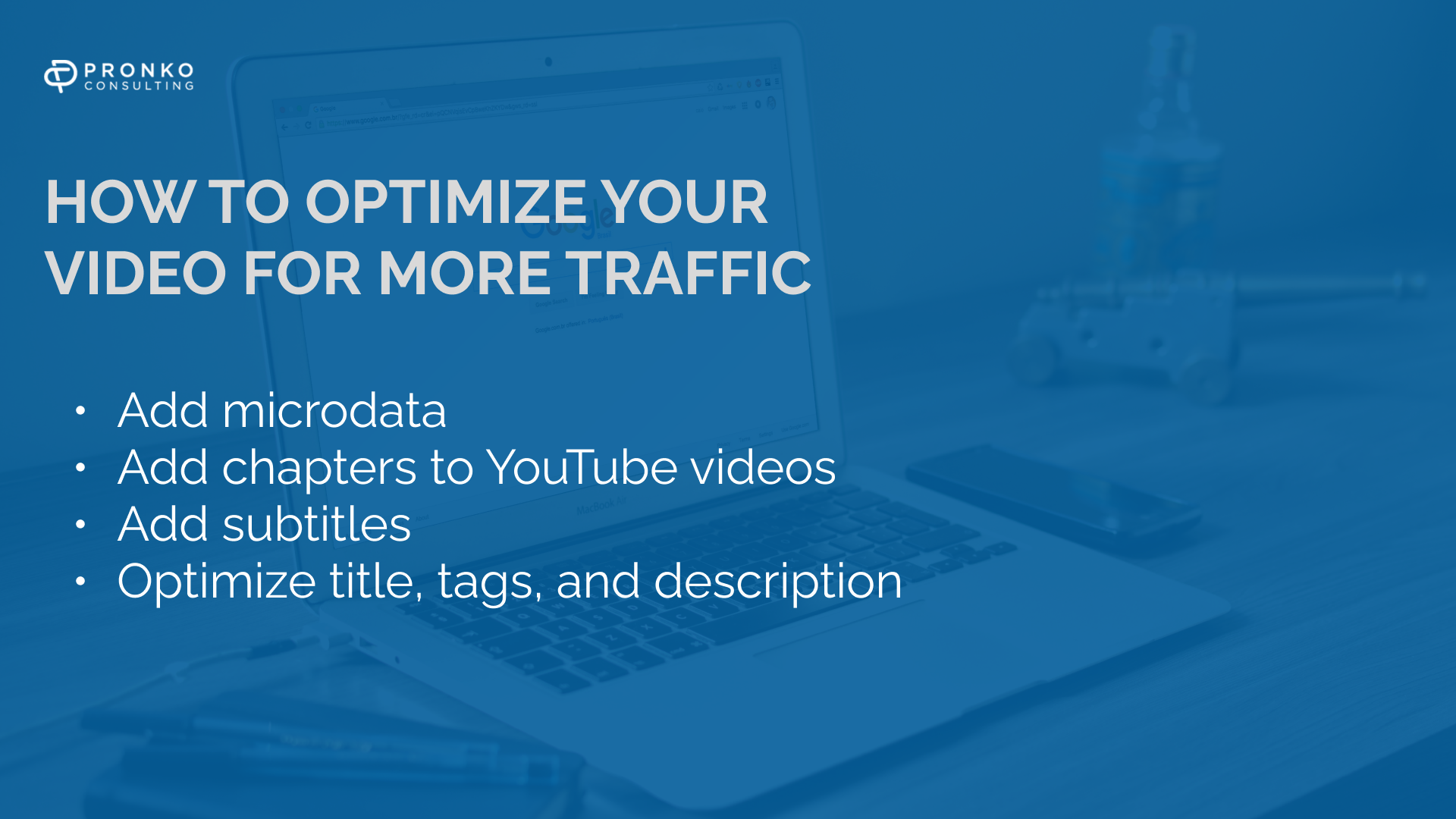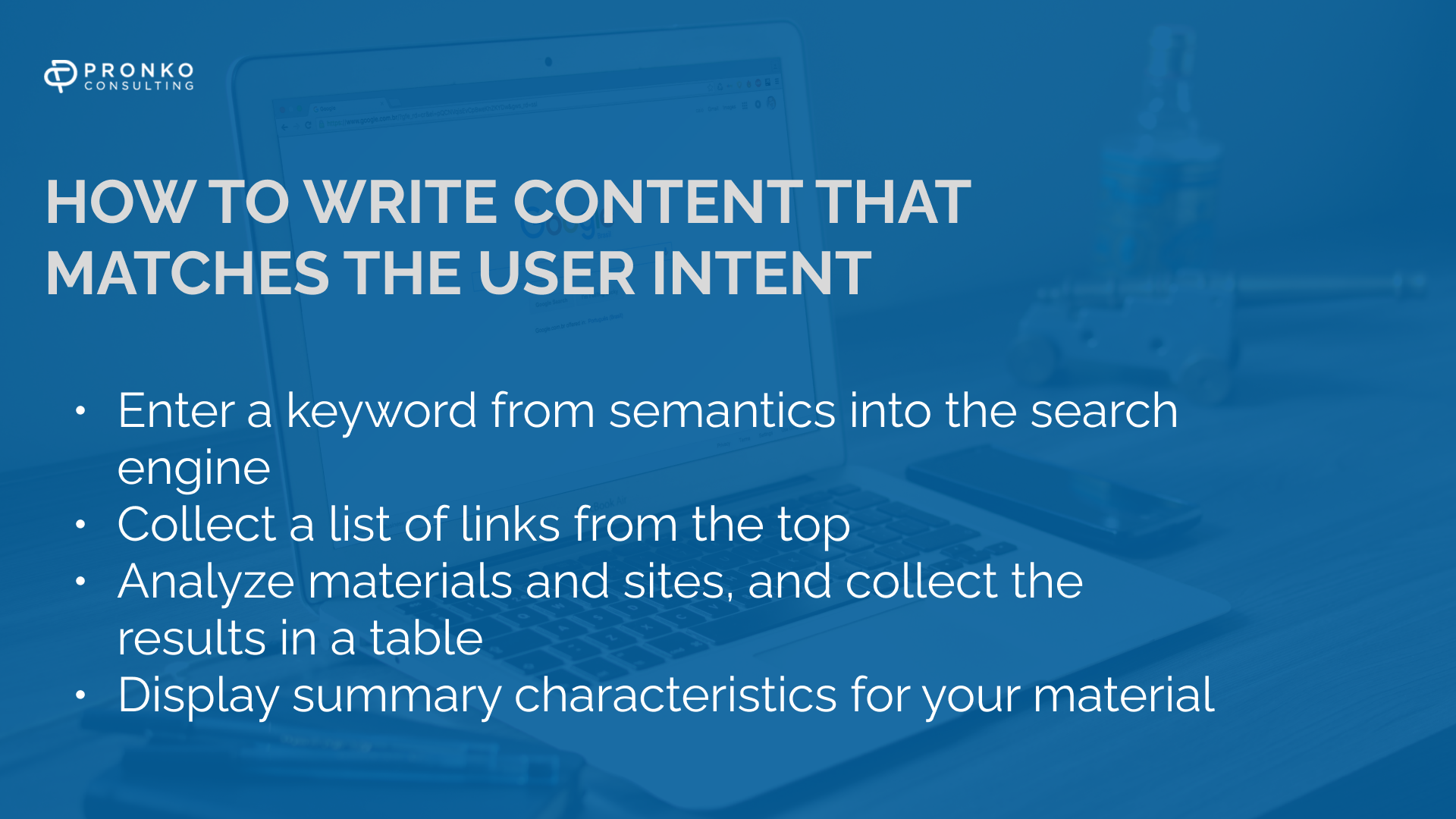Top 5 SEO Trends for 2022 and 2023

There is nothing about voice search, mobile friendliness, and site speed: only exciting trends that you are not tired of reading about yet. We have prepared an overview of the innovations of search engines that change the approach of SEOs to working on sites. Each paragraph has tips for work. Some trends started from the premise in 2021, continued in 2022, and will continue into 2023. Some will continue – some things are valid as long as SEO exists.
1. Search Engines Use the IndexNow Protocol
IndexNow is a system that allows pages of sites with new content to be indexed by search engines almost instantly. When a place with which the IndexNow API is integrated publishes new content or updates or deletes a post, the API sends this information to the search engine.
Thanks to IndexNow, the indexing of changed pages is faster, and the search engine is less loaded. She does not have to re-examine pages where nothing has changed.
What to implement on the site for IndexNow
If you want to integrate the IndexNow API into your site, you will need:
- Generate and download an API key file from Microsoft Bing to verify website ownership
- Upload the downloaded key text file {your-key}.txt in UTF-8 encoding to the root directory.
- Now, you can send URLs to search engines using the GET method for one URL or the POST method for a pack of up to 10 thousand. To do this, send a request to:
For Google (when it supports IndexNow) - https://google.com/indexnow?url=page-url&key=your-key-file
If you use plugins, everything is more uncomplicated. The All In On SEO and Rank Math SEO plugins have already added support for IndexNow, and the creators of Yoast promised to add it to Yoast SEO Premium soon.
2. Google ranks video with snippet timecode
In requests, videos get to the top: it's easier to show something than to describe it with text or pictures. Videos for the queries "how to do something" are more likely than others to fall into the featured snippet.
For some videos, timecodes with tags began to appear in the search results. The user can go directly to the moment his question is answered.
In the future, search engines will likely increase the number of videos in the SERPs because this is the most obvious way to convey information visually.
How to optimize your video for more traffic

What to do to get the video in the search results with the following tags:
Add microdata
There is Clip Markup to tell Google about the timecodes in the video and Seek Markup to pass it to Google search. In Clip Markup, in the Video Object element, you need to specify which timestamp and label to use when displaying key moments. In Seek Video, adding the SeekToAction properties is optional, but it will show Google which part of the video to end users.
Add chapters to YouTube videos
They break the video into sections that help users and the search engine understands the content and tag it for the featured snippet.
Add subtitles
Subtitle speech processing helps YouTube and Google understand the words in the video. YouTube can automatically create subtitles, but often they are not very good, so it's better to add your own manually.
Optimize title, tags, and description
The video has a title, meta description, tags, and hashtags. Just as you would optimize your website pages, optimize your videos.
3. Search Engines Pay Attention to User Intents
The search intent is the intended intent of the user with which he made the request. For example, when a person googles "buy a thermos for arctic food," he wants to choose a store to buy – this is commercial intent.
For general queries, the intent is not so obvious. The search engine analyzes user behavior: refusals to view results, query changes, clarifications, etc. So he understands whether he correctly determined the intent and what results to give out: with online stores, articles, reviews, or you need a map with directions.
In addition to the direction of the issue, search engines consider the length, structure, and format of materials that suit the majority: podcasts, short videos, long videos, long reads, checklists, ratings, step-by-step algorithms, product cards, product categories, and more.
Search intents and people's behavior change frequently. The reason may be a change in lifestyle, a crisis, some event in the world, the appearance of something new with the same name, or even the release of a new movie.
Search engines are trying to make the issue more relevant, so they improve the algorithms for understanding the intent. Website owners must check what the search engine considers suitable for issuing their queries. Materials with different meanings can get into the search results; focus on the TOP-3.
How to write content that matches the user intent

How to check what content will be relevant to a query:
- Enter a keyword from semantics into the search engine. You can do it manually or parse the results from the issuance using services or programs; some allow you to check a bunch of keys right away.
- Collect a list of links from the top.
- Analyze materials and sites, and collect the results in a table, where you indicate: intent, material format, text length, Title, H1 heading, description, subheading structure, audience level, presence of illustrations, and their content.
- Display summary characteristics for your material and, if possible, improve it.
4. EAT Factors Matter for Content
Algorithms develop, and the approach to content quality changes. Search engines are developing not only an assessment of the relevance of content to a topic but also an assessment of its reliability and expertise.
Google has deduced content quality assessment; it consists of compliance with the E-A-T parameters - expertise, authority, and reliability. The site should not harm the user.
If there is a risk that materials from the site can deprive a person of money or dissuade them from treating an illness, such sites will be checked more carefully by search engine assessors. Materials on such essential topics should have evidence - at least links to authoritative sources and an expert in the authors.
How to match EAT parameters
What should be on the site for the search engine to consider the content of high quality:
- Up-to-date information that does not contradict the facts;
- Unique content was written for your resource;
- Indication of citations and links from authoritative sources - studies, interviews with well-known experts, official websites, and other sites that are trusted in this area;
- use of professional terms with explanations;
- the author's signature on the article;
- a page with a biography of the author or reviewer, reflecting his expertise in the issue, experience, and achievements;
- Schema.org micro-markup: experts and employees - Person, the author of the article - Author, expert reviewers who checked the material - reviewed by, citations with links to authoritative sources - citation;
- citability: incoming backlinks from authoritative sites;
- Information about the company: field of activity, evidence of its existence, contacts, employees, reviews.
5. AI learns to analyze content
Artificial intelligence (AI, Artificial intelligence) is developing and improving at analysis. The RankBrain, BERT, and MUM algorithms from Google were created based on artificial intelligence. Users can work with AI-based search engine services, for example, to determine the subject depicted in the picture, text recognition, translation, and voiceover.
Through Google Lens, users can find information about the object in the photo in the search engine without knowing what keywords to query. In addition, copy text from a picture, make calls, send events to the calendar, and scan barcodes.
Voice search (Voice Search) can perceive speech and convert it to text, perceive and execute voice commands, independently make queries and voice the results.
But AI is not perfect yet; it needs to be helped to process the content on your site so that it correctly recognizes it and can offer the user a search by images or voice commands.
How to optimize content for AI
What to do to help artificial intelligence perceive your content:
- Write naturally, simplify the wording;
- Structure the content, divide it into semantic blocks, and put subheadings;
- post-high-quality large images;
- Select clear pictures for illustration: the main element in question should occupy most of the frame, contrast with the background, and be unambiguously interpreted. If we are talking about running shoes, a picture with a giant sneaker on a blurry contrasting background will be more successful than not a full-length person running in sneakers.
There will be other trends in website promotion in 2022 and 2023, for example, compliance with the Core Web Vitals parameters, the greater importance of local SEO, the Mobile First Index will remain, and so on. According to the PR-CY team, the trends described in the article are the most interesting and stand out from previous years' selections.
